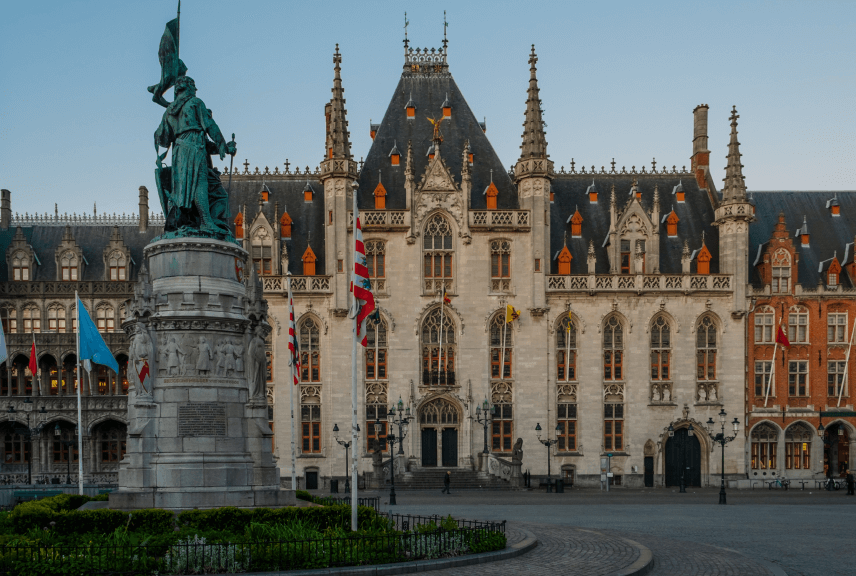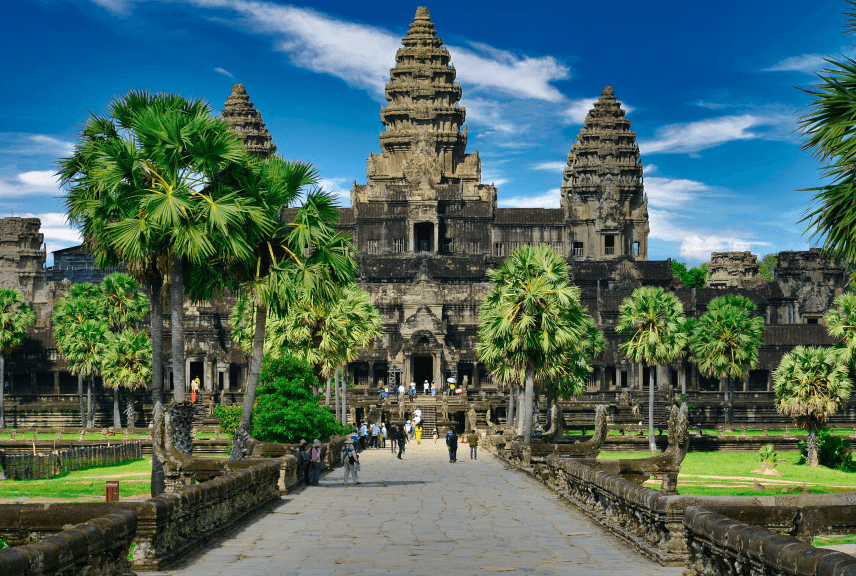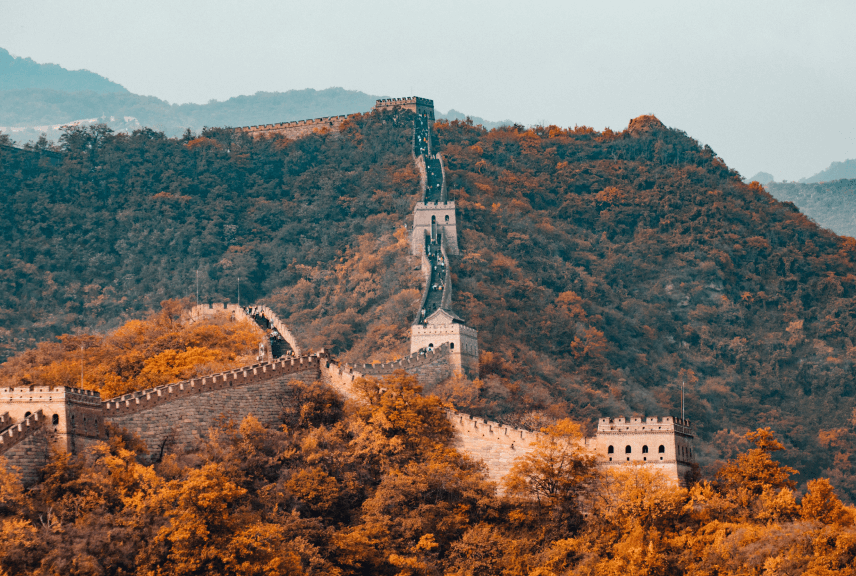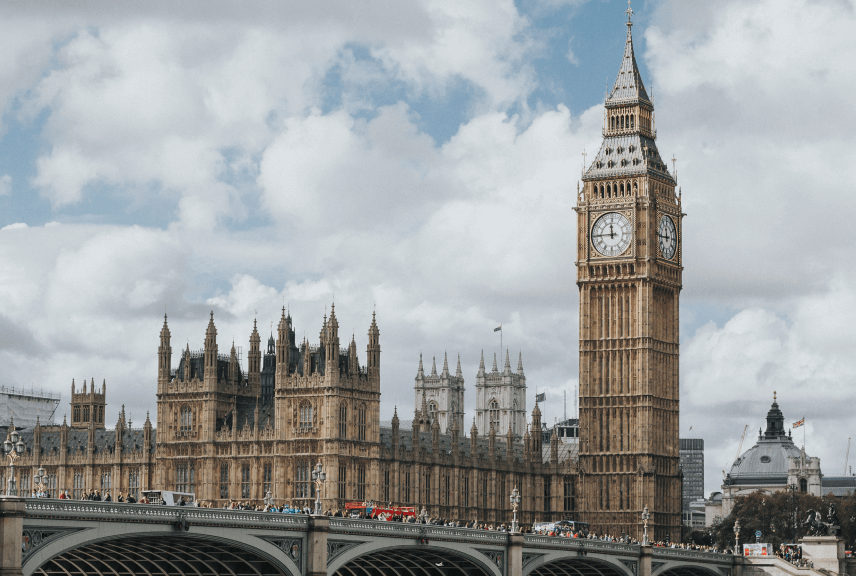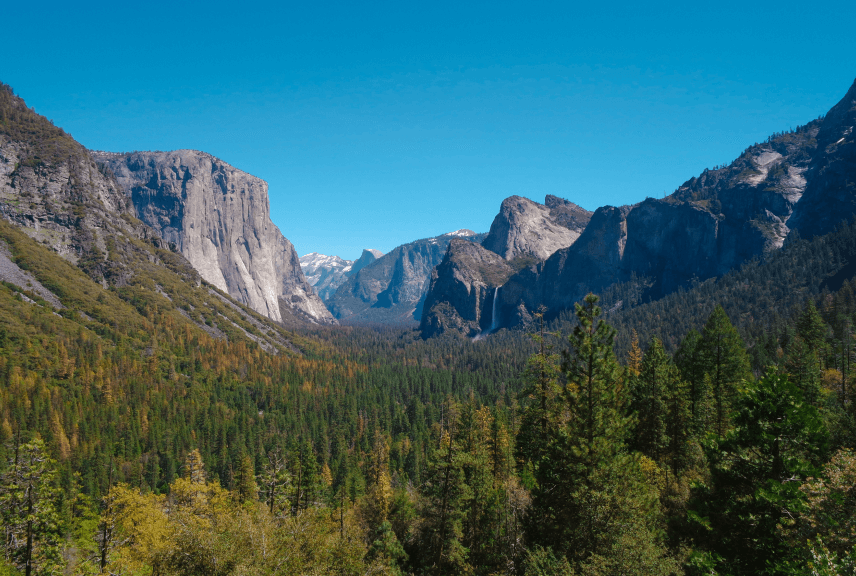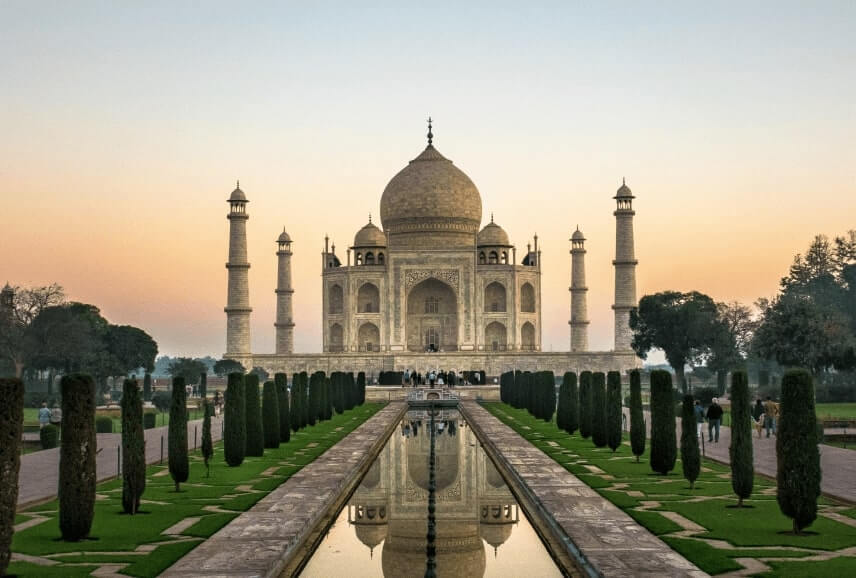Corbett National Park
The imposing Corbett National Park was once a popular hunting ground of the British. It is named after Jim Corbett, naturalist turned author and photographer who devoted most of his years in developing this park. It is India’s first national park to have launched the most famous program of wildlife Project Tiger. Though the park is famous for its tigers, it also home to animals like Leopards, Elephants, Wild Bear, Jungle Cat, Deer, Himalayan Black Bear, Crocodile, Jackal and other lesser known animals. Jim Corbett National Park also supports a variety of vegetation which includes over 110 tree species.
Location of Corbett National Park
Jim Corbett National Park is located at the foothills of the Himalayas in the Nainital district of Uttarakhand. The core area which comprises of 520 sq.km forms the Jim Corbett National Park and is surrounded by the Kanda Ridge in the north. The buffer area comprises of 797.72 sq. km and contains Sonanadi Wildlife and reserve forests.
What to see in Corbett National Park?
Jim Corbett is a complete wildlife experience with a variety of flora and fauna. There are over 600 species of shrubs, bamboos, trees, herbs, ferns and climbers in the Park. The most popular trees include sal, sissoo and khair. There are flowering trees which flood the forests and have given the Park its wonderful color. They include Kachnaar (Bauhinia variegata) with pink to white flowers, Semal (Bombax ceiba) with big red blooms, Dhak or Flame-of-the-forest (Butea monosperma) with bright orange flowers. You can also see a varied species of grasses like Kansi, Narkul, Tiger Grass and Bhabar. Shrubs like Jhau, Karaunda, and Maror phalli dominate the forests here. You can also find trees like eucalyptus, oak and teak which have been planted artificially in Jim Corbett.Other attractions in Jim Corbett include rivers like Ramganga, Kosi and Sonanadi. Ramganga is a major source of water for the Jim Corbett Park and is inhabited by aquatic species like mahseer fish, the endangered gharials, mugger crocodiles, otters and turtles. The Ramganga Reservoir is an important attraction especially during winters as it attracts migratory birds from Europe and Central Asia. It is a good place for bird watchers as there are over 580 species in the Park.
The most important attraction in Jim Corbett is wildlife viewing. You can spot tigers, deer, sambar, chital, and elephants in the savannah grasslands. Another attraction is the busy market town of Ramnagar which is a fishing base camp.
What to do in Corbett National Park
Jim Corbett offers excellent opportunities of wildlife viewing. You can take a jeep safari for a wonderful viewing of the wild. It is the most easy and convenient mode of transport within the Park. The best chance of spotting a tiger is in a jeep.
You can get close to nature on an Elephant Safari and get adventurous while traveling through dense, thick forests. Elephant safaris provide a greater chance for viewing wild animals. There is nothing quite an experience to match with that of an elephant safari!
Get a feel of nature and the untouched wild zones by taking a walk through the midst of nature. Though trekking is not allowed within the park, you can take a walk through the Tiger Reserves. Keep noise to a minimum and wear dull clothes while walking.
Though fishing is not allowed inside the forest you can take special permission for angling at Ramganga and Kosi rivers from the Forest Department. River rafting is another activity that you can indulge in but during the off season when the park is closed otherwise. White water rafting in the Kosi and Ramganga is allowed.
If you are a bird watcher, then Jim Corbett is one of the best places to be in. You can see over 500 bird species with a chance to watch unusual birds like bright-headed Cisticola and Red Avadavat or Strawberry Finch.
Excursions from Corbett National Park
Corbett Museum: In the outskirts of Kaladhungi is Corbett Museum about 32 kms from Corbett National Park. The house where Jim Corbett spent his winters has been turned into a museum which is now more than 90 years old. Jim Corbett’s rifle case, fishing net, hat, letters and photographs are kept in the museum which is worth a visit. Just 3km from Corbett is a waterfall with a 20-m drop, 3km from the Kaladhungi main road.
Nainital: Surrounding the Naini lake is the beautiful Nainital. Known as “the Lake District of India” during the British period, Nainital boasts of some majestic peaks which is a treat for the visitors. More about Nainital
Accomodation selection in Corbett National Park
Being a popular wildlife and adventure destination, Jim Corbett has a number of resorts both private and government. Some of the accomodation options include Corbet Ramganga Resort, Corbett Riverside Resort, Forest Rest House- Dhikala and Forest Bungalows.
Best season to visit Corbett National Park
The best time to visit Corbett is from November 15 to June 15. It is closed during the monsoons from June 16 and November 14.
How to reach Corbett National Park
By Air: The nearest airport is Pantnagar (Nainital) at a distance of 50 kms. Delhi at a distance of 300-kms is the nearest international airport.
By Rail: The nearest railway station of Jim Corbett is Ramnagar on the broad gauge track.For faster trains and connections to other parts you need to change at Moradabad.
By Road: Dhikala is 300-kms from Delhi, 145-kms from Lucknow and 51-kms from Ramnagar. The route from Delhi spans Hapur-Murababad-Ramnagar. Frequent buses ply to from Nainital and Ranikhet, 112-kms north. Buses arrive every half hour or so after the eight hour trip from Delhi.
